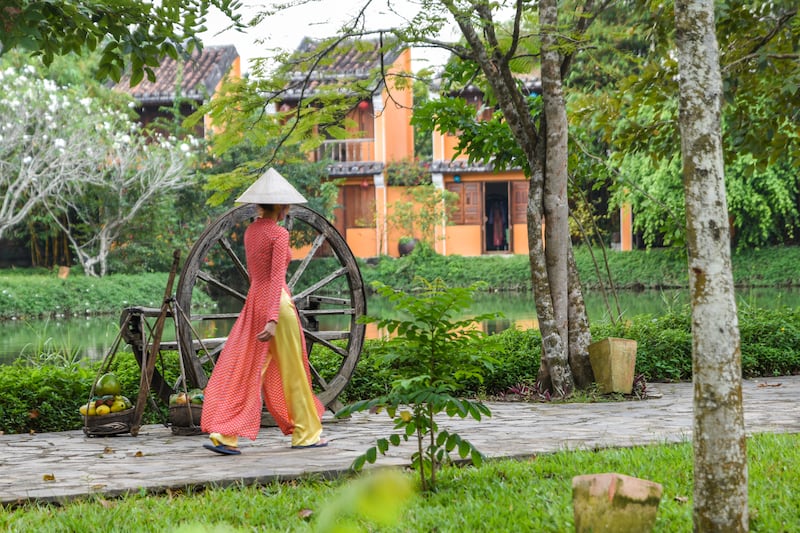On the eastern fringe of Ho Chi Minh City, a young Vietnamese woman walks alongside a lake. A gentle breeze causes her silk outfit to billow gracefully.
She turns, catches my eye, and motions for me to follow. “It’s over here,” she says, gesturing towards a building dedicated to the garments she is wearing. This is the Ao Dai Museum.
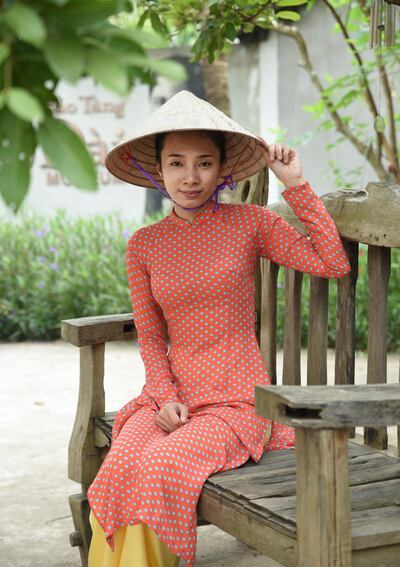
Over the past 300 years, this two-piece silk outfit has become a symbol of Vietnam. Loose trousers worn beneath a long-sleeved, slender tunic that has a high Mandarin neckline that clings to the chest and then flows down to the ankle.
One of Asia's most recognisable ensembles
The ao dai is quite the sartorial achievement: a potent blend of modesty, elegance and sensuality. It is also functional, with its light, thin and breathable materials offering comfort in a country that is hot and humid most of the year. When combined with a non la, Vietnam’s famous conical hat, the ao dai creates one of the world’s most recognisable ensembles.
This outfit graces most promotional materials for the country's tourism, from guidebooks and holiday brochures to posters and postcards. It instantly evokes Vietnam. The same way I never quite feel like I’ve arrived in Sydney until I spot the Opera House, nothing confirms my sense of being in Vietnam like seeing a woman in an ao dai.
Although it is an ancient outfit, it remains popular today. It is common to see women wearing plainer versions of this ensemble to school, university and work, or more ornate types for special occasions such as weddings, festivals and religious ceremonies.
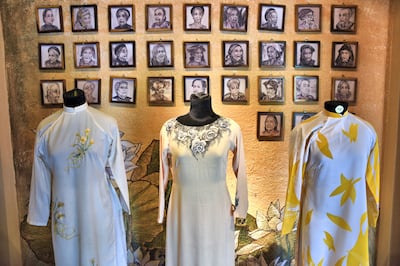
Considering how central the ao dai is to Vietnamese culture, it’s surprising it took so long for it to receive a dedicated museum. This facility in Ho Chi Minh City did not open until 2014. Even now, the Ao Dai Museum is hidden away, scarcely promoted and little visited.
When I sought it out, before the pandemic, it was a mission to reach. The museum is located in a small village about 20 kilometres east of the city’s downtown area. That may not sound like a great distance, but it feel like it in this crowded and giant metropolis of nine million people.
Inside the Ao Dai Museum
Traffic here moves at a lumbering pace, so it took nearly an hour for my taxi to reach the museum. That gave me enough time to second-guess my decision to travel this far to see a facility dedicated to a single outfit. But within minutes of arriving at the Ao Dai Museum, I realised I hadn’t made a mistake.
Great effort and money has been poured into this complex, which was opened by Vietnamese fashion designer Sy Hoang. It is set on a large, green parcel of land, at the centre of which is a small lake crossed by an old-fashioned wooden bridge and flanked by a beautiful pagoda. Facing the water is the spacious museum building, which displays more than 150 ao dai outfits.
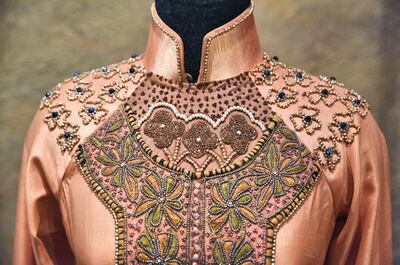
Collectively, they help to illustrate how this garment has evolved over three centuries. As the museum explains, the ao dai can be traced back to the 1740s and is linked to a man named Nguyen Phuc Khoat, one of the lords who controlled southern Vietnam. When he asked his staff to start wearing matching uniforms of a tunic and trousers, the ao dai was born.
Historians believe Nguyen was not simply aiming to give his aides a consistent and courteous appearance. In creating the ao dai, he was also trying to pay tribute to a Muslim community that had once owned the land he now ruled. Nguyen modelled the ao dai, in part, on the loose, colourful chiffon dresses worn by the women of the Champa kingdom, which controlled most of the lower half of Vietnam from the 2nd to the 17th centuries. Nowadays, the Chams are the largest Muslim community in Vietnam and neighbouring Cambodia.
Professor Keith Weller Taylor, an expert in Vietnamese history from Cornell University in the US, explains that the Champa kingdom remained relatively mysterious. “There is no consensus about what comprised the Cham kingdoms or kingdom.
“But in general the Cham territories at different times were in regions extending from the province of Quang Binh in the north to the province of Binh Thuan in the south. In 1471, the Vietnamese conquered the last ‘independent’ Cham kingdom and thereafter Cham populations were governed by Cham rulers under Vietnamese supervision. Until the 1830s, when the last Cham territory was absorbed into the Vietnamese realm.”
By using Cham fashion as inspiration for the ao dai, lord Nguyen seemed to be trying to gain favour with one of the biggest communities within his realm. And those earliest versions of the outfit were significantly different to what came later.
A blend of modesty and elegance
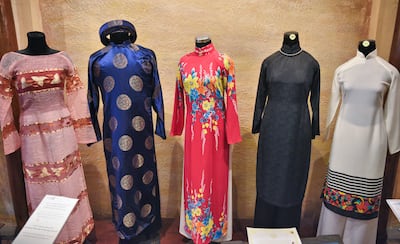
Nguyen’s creation wasn’t particularly stylish. The first ao dai were baggier and plainer in decoration than the splendid modern versions. They represented a mix of the robe-like Cham dresses and the ao tu than, an ancient garment from Northern Vietnam made up of a long skirt donned under a loose smock. Nguyen’s ao dai consisted of trousers that were largely hidden beneath a long-sleeved, boxy dress.
The ao dai remained a function-over-form garment for almost 200 years after it was created. Then, in the 1930s, it was given a sophisticated makeover. A group of French-trained Vietnamese designers created a slim, colourful and highly decorative version.
That modern iteration quickly exploded in popularity after it was repeatedly worn in public by Vietnam’s final empress, Nam Phuong. Now this sleek, feminine style of ao dai is worn each day by countless Vietnamese women. And while it may not be evident at first, this world-renowned outfit may never have existed if not for the influence of an ancient Islamic kingdom.
